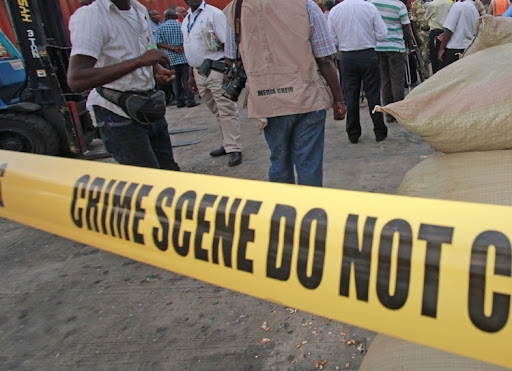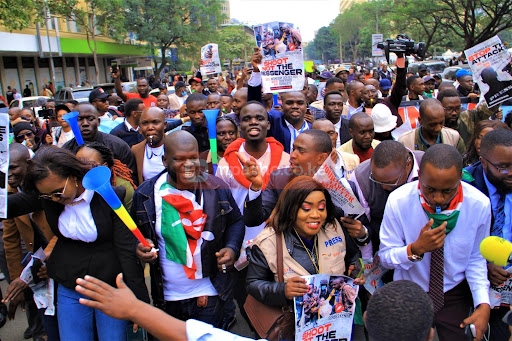We have no doubt had interesting and impactful campaigns in Kenya, the most memorable being what was then the mother of all campaigns in 2007.
The rallies were electric, and everyone knew ODM leader Raila Odinga would trounce then incumbent and now retired President Mwai Kibaki.
Everyone, that is, except those who count the votes.
As the storm and violence raged following those elections, the African Union mandated the Panel of Eminent African Personalities, chaired by former UN secretary general Kofi Annan (now deceased), to mediate in the crisis.
On February 1, 2008, Kibaki and ODM leader Raila embarked on a process of talks with a view to reaching a compromise.
It was a process that took several months and what role I played in it in Washington is one of the highlights I’ll always fondly remember.
I will especially remember it knowing the efforts paid off as we not only averted a civil war, but the country also picked up the pieces. Kibaki went on to serve another full term for which he is credited for some accomplishments with Raila on his side, though in a diminished capacity.
This was thanks to the politics of the day, which is neither here nor there.
In 2013, Raila was in the wrestling ring, this time facing the much-strengthened son of one of our founding fathers Jomo Kenyatta. He was backed by the now proclaimed leader of the 'Hustler Nation'.
As I and other objective analysts concluded and publicly stated after the Supreme Court settled the yet again disputed elections, no one won the requisite 50 per cent plus 1.
But Raila performed so dismally that the vote counters decided to forego a run-off, and simply have Uhuru and Ruto installed as president and deputy president.
That is not in dispute. If in doubt, check with Ruto's men who threatened to spill the beans about what happened when the powers that be decided to turn up the heat for Ruto to run out of the kitchen.
Raila’s lackluster performance at the polls reflected how his campaign was poorly managed and a shadow of what happened in 2007. I know because I was there, much as I was there in 2007, and could readily notice the difference. So did others.
Undeterred and determined to finally deliver the Third Liberation, Raila once again regrouped and entered the same mud-wrestling in 2017.
That time, however, his campaign did so much better that an attempt to once again rig him out was stymied by the Chief Justice David Maraga-led Supreme Court.
It rendered an historic decision, tossing out the fraudulent declaration of Uhuru and Ruto as winners at the polls, when the evidence pointed in the opposite direction.
Rather than going for another election to vindicate his victory, Raila opted not to contest. Thus, he allowed Uhuru and Ruto to legally walk back to State House and Harambee House as duly elected President and Deputy President.
But Raila was not done as he had himself sworn in as the “People’s President".
Much as I had been in the trenches with him for more than a decade, that was one move I could not be part of, principally because I feared for yet another eruption of violence across the country.
Thankfully, there was no violence of the scale feared but the country was at a stalemate. Secession was being seriously discussed by people who ordinarily would not delve into such issues, including serious intellectuals.
However, and thanks to the powers that be (read: Chatham House), we had the birth of the handshake, and the rest is history.
We are now poised to witness the mother of all campaigns in our country’s history. The question is, who between Raila and Ruto will emerge victorious —with the concurrence of the vote counters?
The money is on Raila but that is not a given.
The odds can only flip if Uhuru plays his ace card and sends everyone scampering — or as some are salivating, he is prevailed upon to extend another handshake, this time to Ruto, and that will be earthshattering.
Samuel Omwenga is a legal analyst and political commentator
(Edited by V. Graham)











